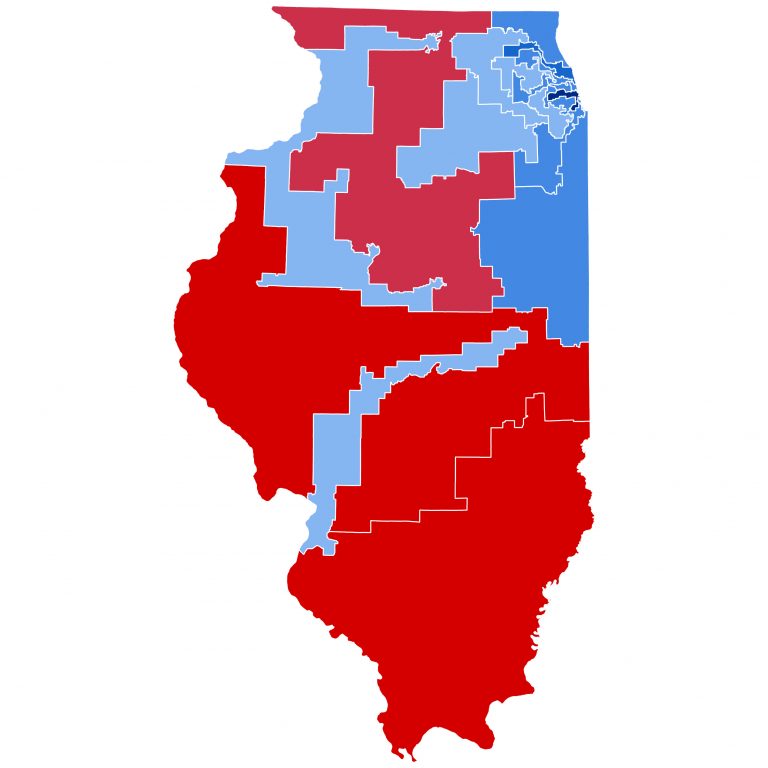How Gerrymanders Hurt Both Parties
Making political parties in state and nation more extreme, unrepresentative.
Over the years, both Democrats and Republicans in the U.S. have been guilty of gerrymandering their state’s Congressional and state senate and house districts with the hope that doing so will entrench them in power. The basic strategy involves designing the districts to put a large number of the other party’s voters into a few districts (called packing). This allows the creation of districts where one’s own voters have a safe but not overwhelming majority (called cracking).
A web site with the unusual name of Dave’s Redistricting analyzes proposed and existing state district maps using five measures: proportionality or fairness, the number of competitive districts, opportunities for minority representation, compactness, and splitting of counties. The next graph shows the site’s ratings of these measures for the official state Assembly maps that came out in 2021 for eight states — Wisconsin and seven other states that turned the redistricting process over to independent commissions. The higher each bar is, the better each state measure is.
Proportionality looks at how well the partisan makeup of the Legislature reflects the total distribution of votes in the state. The most obvious message from the graph is how poorly Wisconsin’s maps compare to maps designed by independent commissions not only on proportionality (shown in blue) but on the other measures as well. It appears that the map makers had to sacrifice other goals in order to get the greatest possible Republican advantage.
Rather than aim at proportionality, the authors of the Wisconsin maps aimed at disproportionality—a map that maximized the number of districts that would be won by Republicans. Note that Wisconsin’s poor proportionality did not allow for a better result on some other measure.
In addition, Wisconsin is the only one of these eight states to create detached islands — districts that are completely surrounded by other districts. The decision conflicts with the Wisconsin Constitution’s requirement that districts be contiguous:
The members of the assembly shall be chosen biennially, by single districts, on the Tuesday succeeding the first Monday of November in even-numbered years, by the qualified electors of the several districts, such districts to be bounded by county, precinct, town or ward lines, to consist of contiguous territory and be in as compact form as practicable. (This wording is included in Section 4 on the selection of representatives. Section 5 on senators has the same requirement.)
The next chart shows the expected number of districts that the Democratic and Republican candidates for U.S. senator won in the 2022 election. The choice of the statewide senate race was dictated by the large number of districts in which only one party fielded a candidate. Doing so also answers Robin Vos’ claim that the lack of Democratic success is due to poor candidate quality, since the same two candidates ran in every district.
For Republicans the gerrymander works like magic. They win control if they get at least 42% of the vote. For Democrats it takes around 58%.
The three green squares on the graph plot the results for the three Democratic candidates for major statewide offices. From left to right, they are candidates for U.S. senator, for governor, and for Supreme Court justice. Although Janet Protasiewicz’s ability to win districts exceeded the level predicted by the 2022 results, it still fell short of winning a majority of districts.
By comparison, the next graph shows a similar comparison between Democrats’ and Republicans’ abilities to convert votes into legislative seats for Colorado, one of the seven states listed as having an independent commission draw their legislative maps. Note how closely the Republicans and Democrats track each other. Neither party seems to have an advantage.
This conclusion should be approached with some skepticism because of a limitation in the Dave’s Redistricting data. For each district, Dave’s reports the percentage of Democratic and Republican votes, the total district population, and the voting age population. However, it does not report the number who voted. In Michigan, for instance, district turnout varied from 16,562 (in a highly Democratic district) to 55,790 (in a district that was essentially tied.
We hear mostly about gerrymanders aimed at helping Republicans. However, Democrats can gerrymander, too, if they control the legislative and executive branches of the government. Consider our neighbor to the south. Illinois has been highly successful in maximizing the number of Democratic seats in the U.S. House of Representatives.
The resulting map would make Elbridge Gerry proud, as can be seen in the map of congressional districts below. Districts shown in blue lean to Democratic; those in red are Republican. The snake-like 13th district is almost surrounded by the heavily Republican 15th.
This resulted from a classical packing and cracking strategy. Moderate Republicans were packed into already Republican districts, freeing up space to move Democratic areas. Moderate Republican members of Congress found themselves in a MAGA district whose base was much more supportive of Trump than they were.
One such member, Adam Kinzinger, decided not to run for reelection. He went on to serve as one of the two Republicans on the committee to investigate the January 6th riot at the U.S. Capital. Another, Rodney Davis, did decide to run for reelection, but was defeated in the Republican primary by a member of the so-called Freedom Caucus and denier of Biden’s victory in the 2020 election.

Map by Ohaiyoan124, (CC BY-SA 4.0), via Wikimedia Commons
Thus, the Democratic Illinois gerrymander had the side-effect of contributing to the increasing extremism of the Republican party. That’s how gerrymandering by both parties, though with more done by Republicans, has made state legislatures and the House of Representatives far more partisan with far fewer moderates.
It is disappointing, then, that the three conservative members of the Wisconsin Supreme Court have become shrill in their defense of Wisconsin’s gerrymander.
Data Wonk
-
Why Absentee Ballot Drop Boxes Are Now Legal
 Jul 17th, 2024 by Bruce Thompson
Jul 17th, 2024 by Bruce Thompson
-
The Imperial Legislature Is Shot Down
 Jul 10th, 2024 by Bruce Thompson
Jul 10th, 2024 by Bruce Thompson
-
Counting the Lies By Trump
 Jul 3rd, 2024 by Bruce Thompson
Jul 3rd, 2024 by Bruce Thompson
























